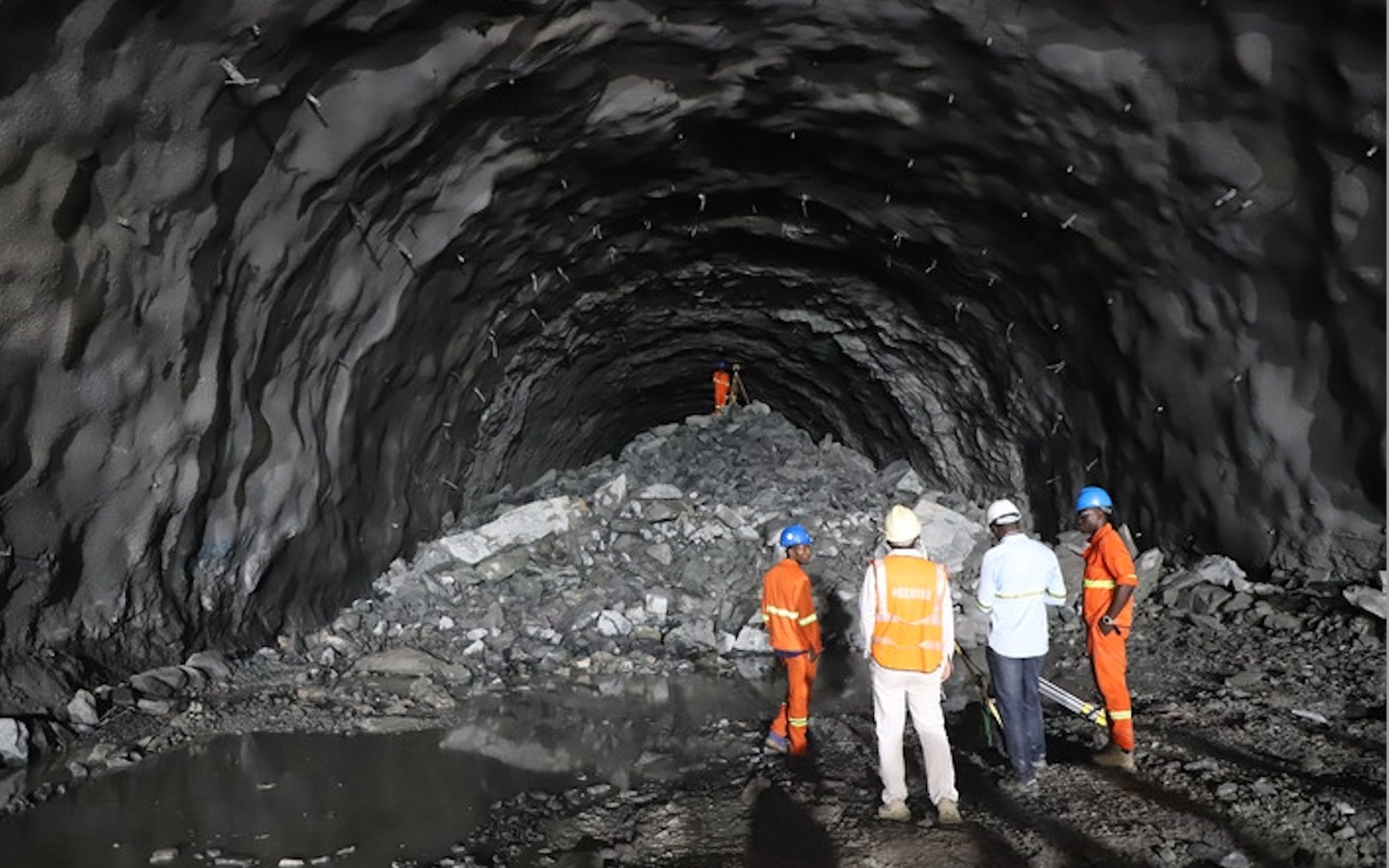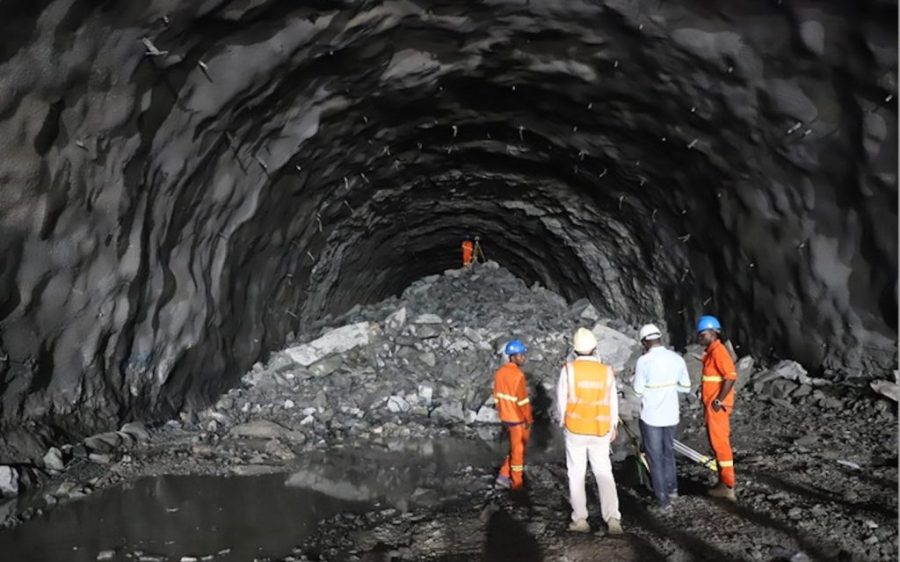A Chinese company has marked a significant milestone on its largest hydroelectric project in Angola, paving the way for a dramatic increase in the country’s electricity production, reports Xinhua.
China Gezhouba Group Co (CGGC) announced the full completion of its water discharge tunnel at the Caculo Cabaça hydropower plant, located in the middle of the Cuanza River in northeastern Angola. The water discharge tunnel, also known as a tailrace, connects the water pressure regulation chamber to the river and serves as a key component of the plant’s water intake system. Its completion, Chen Yonggang, the project manager at CGGC, explained, removes a major hurdle for the installation of generating units and the storage of water for power generation.
According to previous reporting, Caculo Cabaça is designed with two concrete-lined tailrace tunnels, approximately 5.1 kilometres long and 16 metres in diameter, which release water back into the Cuanza River.
With an installed capacity of 2.172 gigawatts (GW), the plant is set to become Angola’s biggest hydropower station – unseating the 2.07-GW Laúca hydropower station just 19 kilometres downstream. It will boast an average annual electricity output of 8.566 GWh and cut an estimated 7.2 million tons in greenhouse gas emissions each year, while also playing an important role in flood prevention.
[See more: Angola looks to expand clean energy access following success of Biópio plant]
CGGC signed onto the project in June 2015 and began construction in August 2017, following the completion of feasibility and environmental impact studies, as well as securing financing for the US$4.53-billion project. Most of the financing comes from a US$4.1-billion loan provided by the Industrial and Commercial Banks of China (ICBC), along with several other Chinese banks.
The project was initially expected to be commissioned in 2024, although that timeline was later revised to 2026. Angolan Minister of Energy and Water João Borges said that the project’s progress is satisfactory, emphasising its strategic importance to increasing electricity production, grid reliability and growing key industrial sectors.
Despite being a leading oil and natural gas producer in sub-Saharan Africa, Angola is actively working to diversify its energy sources while also increasing its electrification rate. Angola’s total installed capacity for electricity production stood at 6.129 GW last year, New Energy World reports, with hydro and solar power accounting for over 67 percent of total capacity – and 91 percent of electricity consumed.
“The renewable combination of hydro plus solar has already made it possible to dethrone thermal power plants,” Rita Marouço, project manager at the Lisbon-based Lusophone Renewable Energy Association (ALER), told the magazine, putting Angola on track to meeting its goals.






